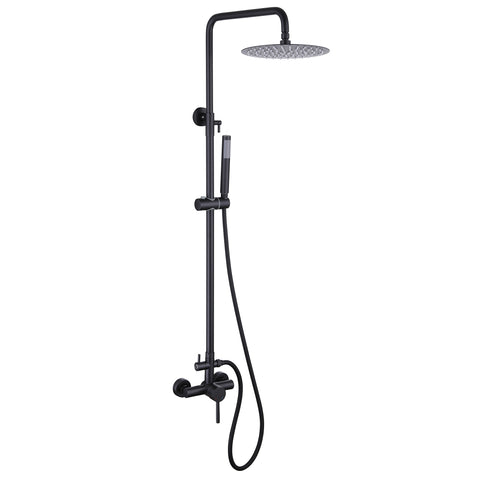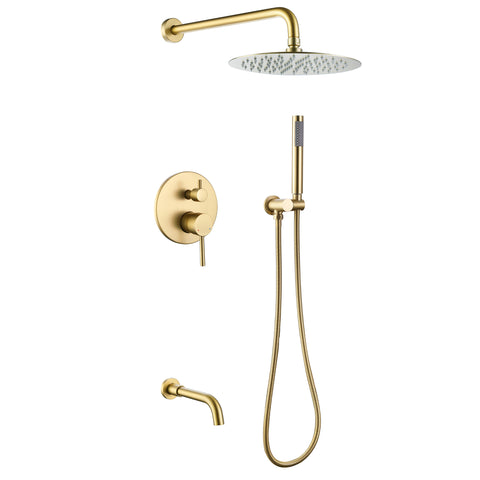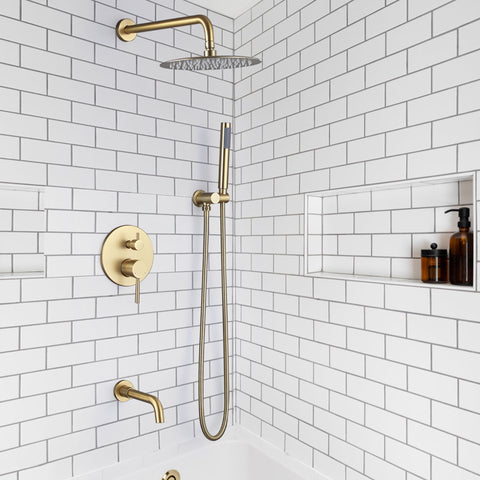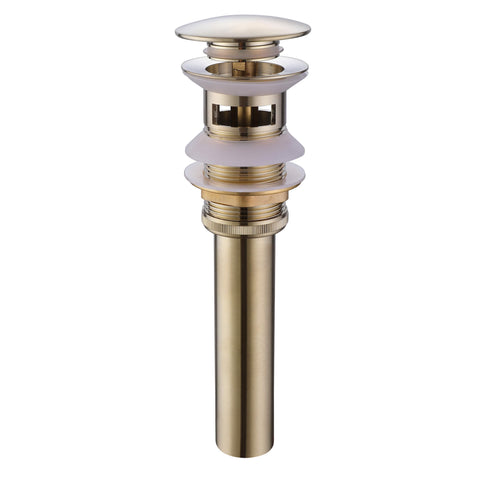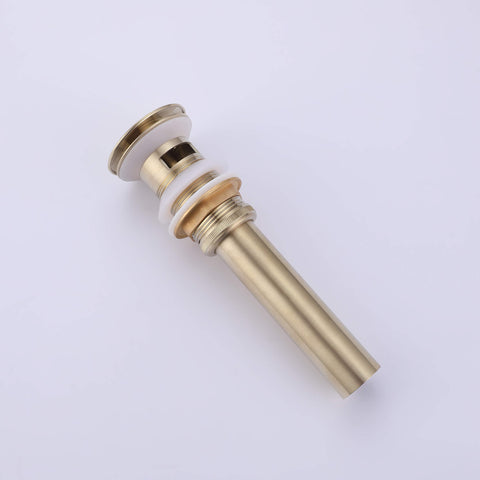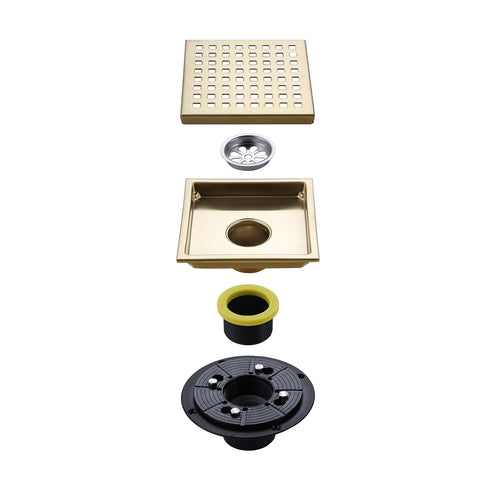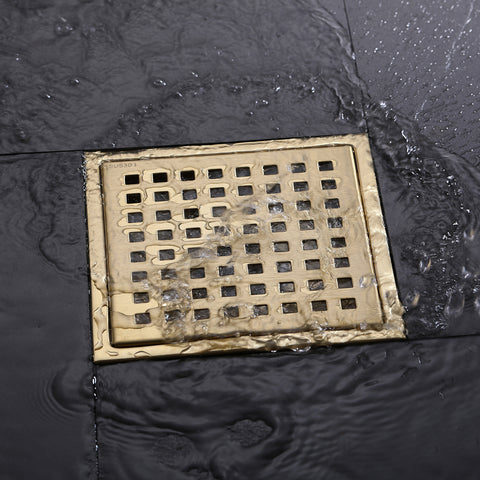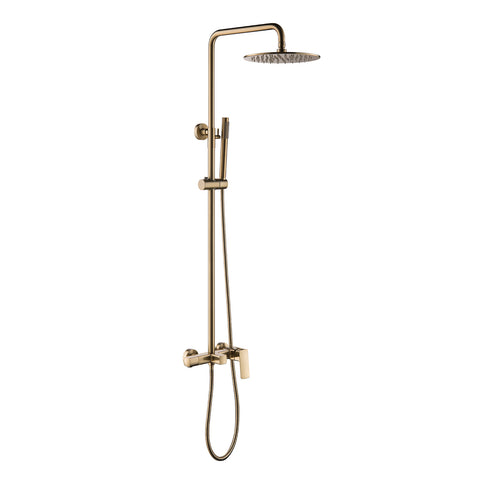How to Fix a Leaking Bathroom Faucet at the Base?
A bathroom faucet is an essential fixture in your home, providing you with access to clean and running water. However, even the most durable faucets can develop problems over time. One common type of faucet leak is at the base, where the faucet meets the sink or countertop. In this blog post, we'll guide you through the steps to troubleshoot and fix a bathroom faucet that's leaking at the base, so you can enjoy a dry and efficient bathroom once again.
Common Causes of a Leaking Bathroom Faucet at the Base
Before you can fix the issue, it's important to identify the root cause of the problem. A bathroom faucet leaking at the base can be attributed to several factors:
- Loose or Worn O-rings: O-rings are small rubber gaskets that help seal the various parts of your faucet. Over time, they can become loose or deteriorate, leading to leaks at the base.
- Corroded Valve Seat: The valve seat is the connection point between the faucet and the spout. If it becomes corroded, it can cause water to seep out at the base.
- Worn-out Cartridge or Washer: Inside your faucet, there may be a cartridge or washer that controls the flow of water. If these components are damaged or worn, they can result in a leak at the base.
- Improper Installation: Sometimes, the faucet may not have been installed correctly, causing a poor seal and leading to leaks.
- High Water Pressure: Excessively high water pressure can put extra stress on the faucet and its components, potentially causing leaks.
Steps to Fix a Leaking Bathroom Faucet at the Base
Now that you've identified the possible causes, let's walk through the steps to fix your leaking bathroom faucet:
- Turn Off the Water Supply: Before starting any repair work, shut off the water supply to the faucet. Usually, there are shut-off valves under the sink. If not, turn off the main water supply to your house.
- Disassemble the Faucet: Depending on the type of faucet you have, you may need to remove the handle, spout, and other components to access the internal parts. Consult the manufacturer's instructions for guidance.
- Check and Replace O-Rings: Examine the O-rings for signs of wear or damage. If you find any issues, replace them with new ones.
- Inspect the Valve Seat: Use a flashlight to inspect the valve seat for corrosion. If you notice any damage, it will need to be smoothed out or replaced.
- Check the Cartridge or Washer: If your faucet uses a cartridge or washer, inspect them for wear and replace them if necessary.
- Reassemble the Faucet: Once you've replaced any damaged parts, reassemble the faucet in the reverse order of disassembly.
- Turn On the Water Supply: Turn the water supply back on and test the faucet for leaks. If it's still leaking, you may need to adjust the installation or seek professional help.
- Regular Maintenance: To prevent future leaks, consider conducting regular maintenance on your bathroom faucet, such as cleaning and lubricating moving parts.
Conclusion
Dealing with a bathroom faucet leaking at the base can be frustrating, but with a little know-how, you can resolve the issue and prevent further damage. Remember to turn off the water supply before attempting any repairs and be patient as you disassemble and inspect the faucet. Regular maintenance and quick action can help you avoid these problems in the future, ensuring your bathroom remains leak-free and in good working order.
